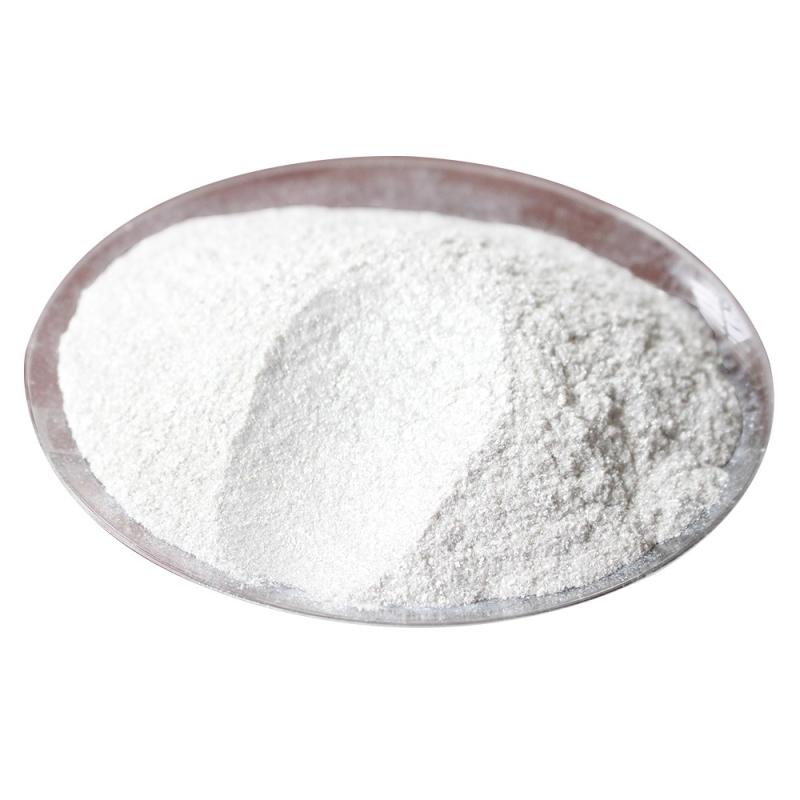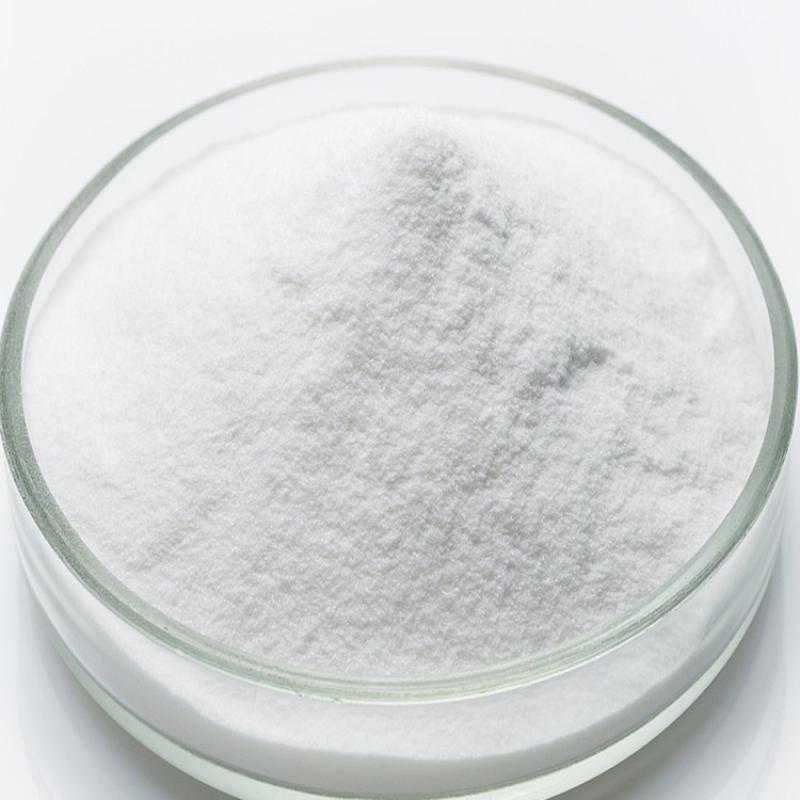Common name: EMAMECTIN-BENZOATEChemical name:(4''R)-4''-DEOXY-4''-(METHYLAMINO)AVERMECTIN B1 BENZOATE Molecular formula: C49H77NO13Structural formula:Molecular weight: 888.13CAS No. : 155569-91-8Product description:Emamectinbenzoate, emamectinbenzoate for short, It is the result of the derivatization study on the hydroxyl group of 4 "-(α -1-zetan fructose-group)-α -1-zetan fructose by Merck in 1984.
Contacter maintenant
Product description:Lufenuron is the active factor inside the veterinary flea manage remedy application, and one of the energetic elements in the flea, heartworm, ringworm and anthelmintic medicine milbemycin oxime/lufenuron (sentinel).Lufenuron is stored within the animal's body fats and transferred to adult fleas via the host's blood when they feed. adult fleas switch it to their growing eggs via their blood, and to hatched larvae feeding on their excrement.
Contacter maintenant
Product description:emamectinbenzoate, emamectinbenzoate for brief, it is the result of the derivatization observe on the hydroxyl institution of four "-(α -1-zetan fructose-organization)-α -1-zetan fructose with the aid of merck in 1984.
Contacter maintenant
Structural formula:Molecular weight: 511.15CAS No.
Contacter maintenant
Utilization:Acetamiprid can be used to govern aphids, planthoppers, thrips and lepidoptera pests of rice, greens, fruit bushes, tea timber, and many others. at the concentration of fifty ~ a hundred mg/l, it is able to effectively control cotton aphid, vegetable aphid, peach small fit to be eaten insect, and kill eggs.Common name: AcetamipridChemical name: N-[(6-chloro-3-pyridyl)methyl]-N'-cyano-N-methyl-acetamidineMolecular formula: C10H11ClN4Structural formula:Molecular weight: 222.67CAS No.
Contacter maintenant
Common name: IndoxacarbChemical name:reaction mass of (S)- Indoxacarb and (R)- Indoxacarb 75:25; methyl 7-chloro-2-{(methoxycarbonyl)[4-(trifluoromethoxy)phenyl]carbamoyl}-2,5-dihydroindeno[1,2-e][1,3,4]oxadiazine-4a(3H)-carboxylateMolecular formula: C22H17ClF3N3O7Structural formula:Molecular weight: 527.83CAS No.
Contacter maintenant
Product description:Z-cis-cyfluthrin is an intermediate for the preparation of lambda-cyhalothrin (cyfluthrin), tefluthrin, bifenthrin and other pyrethroids.Utilization:The lambda cyhalothrin acid fluorine-containing intermediate is one of the varieties of chrysanthemum acid, that is an essential intermediate for the synthesis of pyrethroid insecticides.
Contacter maintenant
Molecular formula: C4H6N2S4ZnMolecular weight: 276.7802CAS:12122-67-7 Physical property :1. Properties: off-white powder, industrial products are light yellow powder, slightly rotten egg taste, strong moisture absorption.2. Melting point (℃) : decomposition3. Relative density (water =1) : 1.74 (20℃)4. Octanol/water partition coefficient: 1.35. Solubility: insoluble in water, dissolved in carbon disulfide, pyridine, insoluble in most organic solvents. Toxicity:1. Acute toxicityLD50: > 5200mg/kg (rat oral)LC50:1850mg/m3 (rat inhalation)2. No data on irritation3.
Contacter maintenant
Structural formula:Molecular weight: 249.67CAS No.
Contacter maintenant
Chemical name of Indoxacarb products:methyl 7-chloro-2-[methoxycarbonyl-[4-(trifluoromethoxy)phenyl]carbamoyl]-3,5-dihydroindeno[1,2-e][1,3,4]oxadiazine-4a-carboxylate;Physical and chemical properties of Indoxacarb products:Molecular weight : 527.834Density: 1.53Melting point: 139-141 DHS CBoiling point: 571.4ºC at 760 mmHgFlash: DHS 299.3 CMolecular formula :C22H17ClF3N3O7Toxicity of Indoxacarb products(DAPX-MP062) acute transoral: LD50: male 1730mg/kg, female 268mg/kg: rabbit acute transcutaneous LD50: & GT; 5000 mg/kg.
Contacter maintenant
CAS: 110488-70-5MF: C21H22ClNO4MW: 387.86 Physical chemistry properties:The melting point of 125-149 ° CVapor pressure 1 x 10-6 Pa (25 °C)Sealed in dry,Room TemperatureWater solubility 50 mg L -1 (20-23 °C) Toxicity:The acute oral LD50 of rats was greater than 3900 mg/kg, the transcutaneous LD50 was greater than 2000 mg/kg, and the acute inhaled LC50 of rats was greater than 4.24 mg/L.It has no irritation to rabbit skin, slight irritation to eyes, and no sensitization to guinea pigs.No mutagenic, teratogenic and carcinogenic effects were observed under the test conditions.
Contacter maintenant
Common name: PrometryneChemical name:Prometryne; Uvon; 6-methylsulfanyl-2-N,4-N-di(propan-2-yl)-1,3,5-triazine-2,4-diamineMolecular formula: C10H19N5SStructural formula: Molecular weight: 241.36CAS No. : 7287-19-6Physical and chemical properties:The pure product is white crystals. m.p.118~120℃, vapor pressure 1.33×10-4Pa. It is easily soluble in organic solvents, and it dissolves Chemicalbook in water at a degree of 48mg/L at 20°C. Non-flammable, non-explosive, non-corrosive.
Contacter maintenant
Physical and chemical properties:The pure product is a white solid. m.p.230℃ (decomposition). it's miles infrequently soluble in wellknown organic solvents; its solubility in water is 1.2% at 25°c. normally made into glyphosate amine salt, consisting of isopropylamine salt, dimethylamine salt, and so on., can also be made into sodium salt. the glyphosate salt is soluble in water.Common name: GlyphosateChemical name: N-(Phosphonomethyl)glycineMolecular formula: C3H8NO5PStructural formula:Molecular weight: 169.07CAS No.
Contacter maintenant
Usage:Chlorpyrifos is used in approximately one hundred nations round the world to manipulate insects in agricultural, residential, and business settings. its use in residential packages is limited in more than one international locations. in step with dow, chlorpyrifos is registered for use in nearly one hundred nations and is yearly carried out to approximately eight.five million crop acres. the crops with the maximum use consist of cotton, corn, almonds, and fruit trees, consisting of oranges, bananas, and apples.
Contacter maintenant
Product description:Chlorpyrifos (CPS), also known as Chlorpyrifos ethyl, is an organophosphate pesticide used on crops, animals, and buildings, and in other settings, to kill a number of pests, including insects and worms. It acts on the nervous systems of insects by inhibiting the acetylcholinesterase enzyme. Chlorpyrifos was patented in 1966 by Dow Chemical Company.Structural formula:Molecular weight: 350.59CAS No. : 2921-88-2 Chlorpyrifos is considered moderately hazardous to humans by the World Health Organization based on its acute toxicity.
Contacter maintenant
Common name: MesotrioneChemical name:2-[4-(methylsulfonyl)-2-nitrobenzoyl]-1,3-cyclohexanedioneMolecular formula: C14H13NO7SStructural formula:Molecular weight: 339.32CAS No. : 104206-82-8Product description:Mesotrione is an effective inhibitor of HPPD (4-hydroxyphenylpyruvate dioxidase), which is widely present in various organisms and catalyzes the initial reaction of plastoquinone and tocopherol biosynthesis.
Contacter maintenant
Common name: DicambaChemical name:3,6-Dichloro-2-methoxybenzoic acidMolecular formula: C8H6Cl2O3Structural formula:Molecular weight: 221.04CAS No. : 1918-00-9 Physical and chemical properties:The pure product is white crystal, m.p. 114~116℃, flash point 150℃, decomposes at 200℃, relative density 1.57 (25℃), vapor pressure 0.5Pa (100℃). Solubility at 25°C: 922g/L ethanol, 760g/L isopropanol, 810g/L acetone, 130g/L toluene, 260g/L dichloromethane, 1180g/L dioxane, 6.5g/L water.
Contacter maintenant
Product description:Propolachlor, also referred to as saufort, is mainly used for directly sown rice fields. it has the traits of secure rice boom, extensive weed control spectrum and proper weed manage impact. it could essentially manipulate the damage of weeds in the whole boom length.
Contacter maintenant
Product description:Difenoconazole, also referred to as oxadifenazole, is a triazole fungicide and a sterol demethylation inhibitor. it has the characteristics of high performance, wide spectrum, low toxicity, and low dosage. an incredible kind of triazole fungicides with strong systemic houses. by using inhibiting the biosynthesis of ergosterol in pathogenic cells, it destroys the structure and characteristic of pathogen cell membranes. it is used in fruit trees, chemicalbook greens, wheat, potatoes, beans, melons, and so on.
Contacter maintenant
Usage:Azoxystrobin is a xylem-cellular systemic fungicide with translaminar, protectant and healing homes. in cereal crops, its fundamental outlet, the duration of ailment control is normally approximately 4 to 6 weeks all through the period of energetic stem elongation. all insecticides are required to seek registration from suitable authorities within the country in which they may be used.
Contacter maintenant
Product description:Epoxiconazole is a fungicide active element from the magnificence of azoles evolved to defend vegetation. especially, the substance inhibits the metabolism of fungi cells infesting beneficial plants, and thereby prevents the growth of the mycelia (fungal cells). epoxiconazole also limits the producing of conidia (mitospores). epoxiconazole become introduced to the marketplace thru basf se in 1993 and can be located in many products and product mixtures concentrated on a large wide form of pathogens in various plant life.
Contacter maintenant
Common name: AzaconazoleChemical name:1-[[2-(2,4-dichlorophenyl)-1,3-dioxolan-2-yl]methyl]-1,2,4-triazole Molecular formula: C12H11Cl2N3O2Structural formula:Molecular weight: 300.1406CAS No. : 60207-31-0Physical and chemical properties:Density: 1.51 g/cm3Melting point: DHS 112.6 CBoiling point: 460.7ºC at 760 mmHgFlash: DHS 232.4 CRefractive index: 1.658Storage conditions: 0-6ºC
Contacter maintenant
Common name: DimethomorphChemical name:(E,Z)4-[3-(4-chlorophenyl)-3-(3,4-dimethoxyphenyl)acryloyl] morpholineMolecular formula: C21H22ClNO4Structural formula:Molecular weight: 387.86CAS No. : 110488-70-5Product description:It is a special fungicide of the class of oomycetes. Its function is to destroy the formation of cell wall membrane. It has an effect on all stages of the life history of oomycetes. It is especially sensitive in the formation stage of sporangia stems and oospores, at very low concentrations. Down (<0.25μg/ml) is inhibited.
Contacter maintenant


































